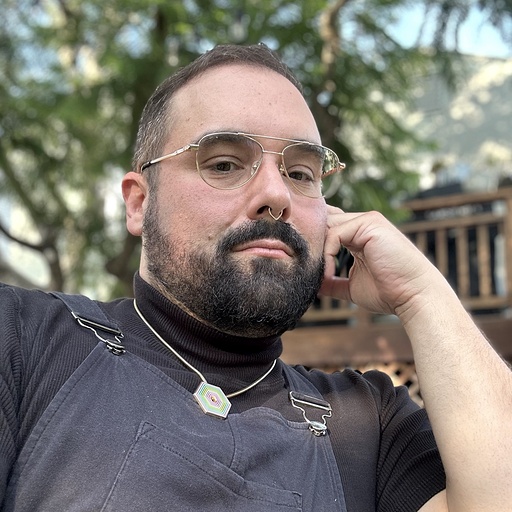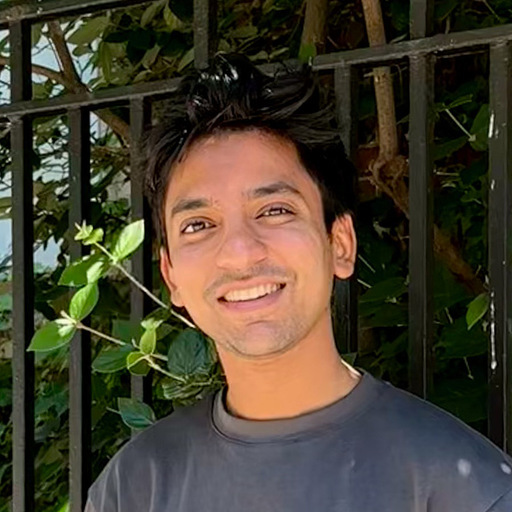If you work in design, you’ve probably already heard of design engineering. It’s not a new concept, and similar roles — such as Design Technologists, UI/UX Engineers, and Creative Technologists — have existed in software development for decades. These roles typically involve individuals with high proficiency in both design and engineering, tailored to meet organizational needs.
At Slack, we have engineers who care deeply about user experience and designers who care about building scalable software. We’re very fortunate to have these engineers and designers — and they’ve certainly moved the needle forward — but we found there was significant potential to further enhance our product through creating dedicated design engineering roles. These roles focus on prototyping, tooling development, and consultancy, providing a robust foundation for innovative product development. As Slack continues to offer more solutions for people’s productivity needs, it became clear that we needed to create a specific set of roles to meet the moment.
Piloting a Champions program
We “prototyped the path” of creating designated design engineering roles by first creating the Design Engineering Champions program, where front-end engineers from across Slack could opt in to work within the design organization for a half or full quarter. This “semester-at-sea” approach allows engineers to immerse themselves in design-centric projects, driving innovation and enhancing product quality.
For this program, we look for engineers across client platforms who are passionate about how to explore new capabilities in Slack, invest in tooling that can make the lives of our team members more productive, and truly care about the small details that take product experiences from good to great.
By running a program where people come in and out of the Design organization, not only do we benefit from having diverse perspectives enter the Design organization, but participants themselves leave the program with the ability to consider new skills, ways of working, and values that they might not have experienced otherwise.
Defining the goals of the Champions program also showed us what key aspects a formal Design Engineering discipline would focus on:
- Prototyping nascent features: Exploring new feature prototypes, and validating or invalidating concepts for further investment. This involves creating rich, interaction-driven prototypes that prioritize user experience over existing system constraints.
- Improving key projects: Developing prototypes to elevate the overall craft quality and product experience, focusing on foundational projects within the Product, Design, and Engineering (PDE) team.
- Investing in tooling and frameworks: Working on quality-of-life improvements for designers and engineers, such as Figma plugins, Slack Kit enhancements, and prototyping playgrounds.
- Consultancy: Serving as consultants to feature teams by providing guidance on strategies, technical approaches, and available resources to enhance current work streams.
Formalizing Design Engineering (DE)
We measured the success of the DE program by, in the span of a quarter, how much impact the champion who came to join the Design org could create outside of solely their previous pillar. This meant leading exploratory projects on their own or through offering their specialized skill set for key projects currently in motion. Our program started very small — just one person at a time to gain lessons. Little by little, we gained more participants and more information. By the end of our trial run, it was clear that participants were indeed having the kind of impact we were hoping for, and that our next objective would be to allocate dedicated team members who could deliver compounding impacts with quarter efforts and planning.
It’s also worth mentioning that one of our biggest lessons that led to our advocating for a formalized DE department was that it takes a lot of time to onboard someone into a different way of working, specifically around the degree of autonomy and self-direction. We modeled our program on other engineering-centric champions programs, and most engineers are used to working with peers, engineering managers, or TPMs, who help set priorities, scope, and other procedural aspects. This allows for these other engineering-centric champions programs to have people move more fluidly. While we loved getting to bring in people who were more curious about how we work, for their time with us to be successful, it required a ton of investment into that shift that we didn’t originally anticipate.
Formalizing our Design Engineering team comes as part of a healthy dynamic of a changing Design organization, and with it the mix of skills, competencies, and perspectives of our team members. We were able to exemplify to our design leaders that there are paths yet to be uncovered within the Design organization, and we look to them to identify and bring those to life through creative and exploratory methods. Additionally, through the launch of the Champions program, we’ve been able to demonstrate to our cross-functional partners an even greater expectation of how designers can operate and contribute to product vision and experiences.
Future plans
As the Design Engineering program evolves, we aim to embed design engineers more deeply within the design and engineering teams at Slack. The goal is to foster a culture of continuous innovation and cross-disciplinary collaboration that enhances product quality and user experience.
A fully realized program could eventually feature dedicated design engineers for each platform and each product pillar, managing project prioritization and execution while continuously contributing to both design and engineering goals. This structure ensures that design engineers can maintain a balance between exploratory work and delivering impactful, polished products.
By fostering a dedicated Design Engineering discipline, Slack aims to elevate the quality of its products, driving innovation through collaborative and cross-disciplinary efforts. The future of Design Engineering at Slack promises to enhance our product development process, making it more responsive, exploratory, and ultimately more delightful for our users.

